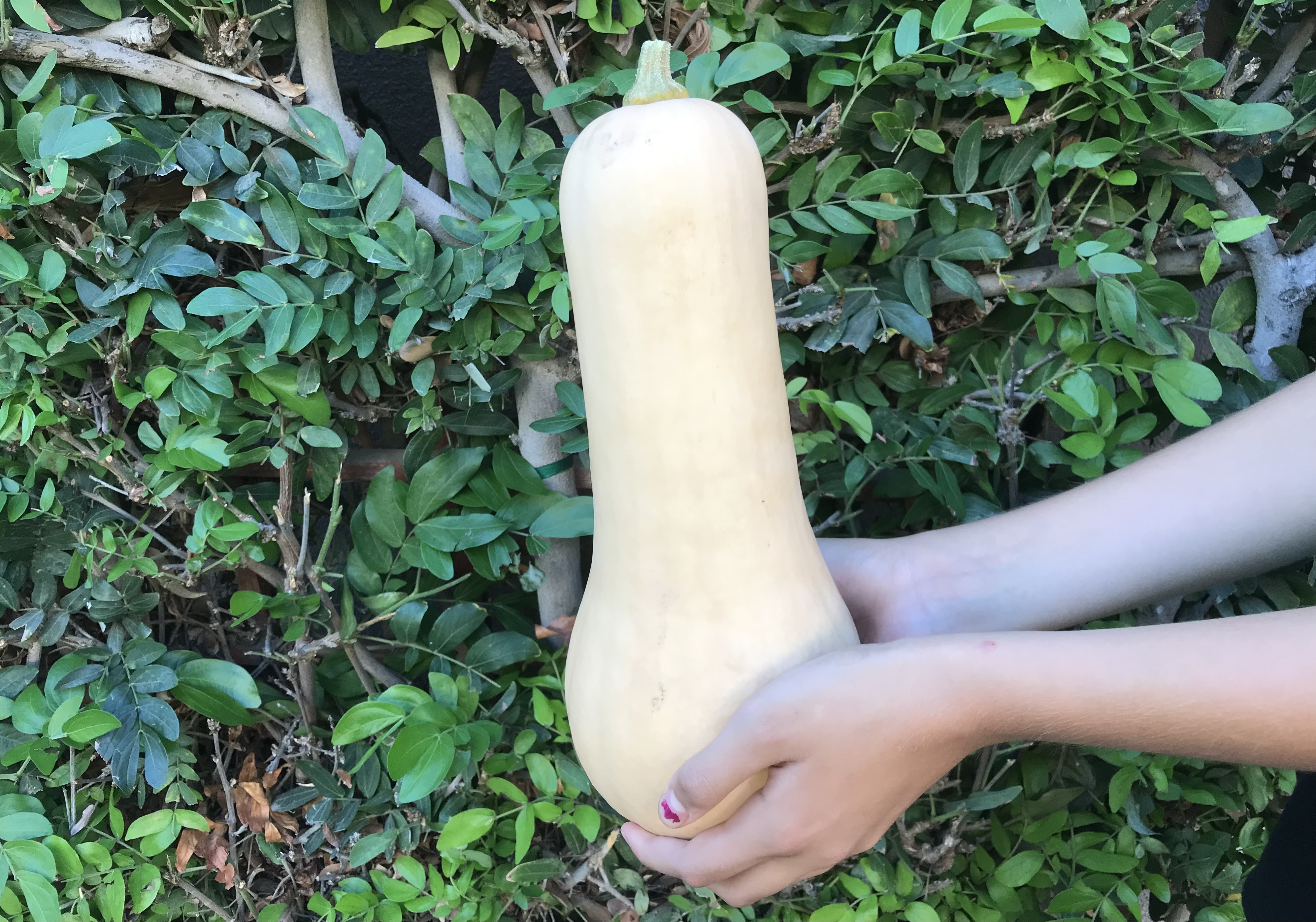
By Reese Meister
If you venture past the baseball fields of Westminster High School (WHS), you may stumble into an orchard full of fruit trees, several bee hives, an enclosure with turkeys or a shed housing tanks of fish. These are only a few of the captivating components that make up the eight acres of land called the Giving Farm.
The Giving Farm has existed since the 1970s, originally created by the Future Farmers of America (FFA) organization to provide agricultural education for students. Since then, it has evolved into a non profit organization that receives funds from the WHS and its partners, the Community Action Partnership of Orange County (CAPOC) and Solutions for Urban Agriculture.
“It’s a very unique project because it’s probably one of the last of its kind in our area,” volunteer coordinator Brandon Ruiz said. “California in general is a big ag state–a lot of it is privatized. It’s a big business. So the thing with [the Giving Farm] is that it’s open to anyone who genuinely wants to help out the community. We have every walk of life; business groups, volunteer groups, high school, college…, retirees who…give up some of their time.”
Volunteers and WHS students maintain the Giving Farm, performing a variety of tasks to help the crops and livestock thrive. From November through February and May through August, volunteers generally focus on planting. Meanwhile, February through June and September through November make up the harvesting months. With invasive plants constantly present, weed removal remains an essential task throughout the entire year.
Although strawberry season ended after summer, a few rows of strawberries continue to grow separately from the fields with the support of an aquaponics system. Waste water from the fish provides nutrients that allows the fruit to grow instead of in regular soil.
The orchard contains a wide variety of trees, growing persimmons, avocados and pomegranates among other fruits. Behind the orchard sits a large field, which hosts anything from squash to watermelon, depending on the time of year.
Watermelon harvesting season ended in early autumn and began on Sept. 2 when Disney volunteers harvested the first melons. The watermelon harvesting season forms the basis of a school-wide event as well.
“Around mid to late September, we…have our school-wide harvest when the…high school comes out and they harvest the remaining watermelon,” Ruiz said.
The farm donates its harvest to the Orange County Food Bank, aiming to give around 200,000 pounds of produce each year. The food bank then distributes this produce to low-income communities in the area.
The farm’s uniqueness becomes even more apparent with the addition of its new bee program. Students built and painted the beehives themselves and gather twice a month to hold beekeeping meetings.
“Students are just in the process of getting the honey ready, which is estimated to be ready around either late September or early October,” Ruiz said. “Once that honey is cultivated they’ll be able to mark it and sell it to the public.”
According to Ruiz, the students collaborate with John Poto, owner of the business Honey Pacifica. He has mentored them in the work of beekeeping and cultivating honey, which the students do themselves.
By the end of a volunteer’s shift at the Giving Farm, exhaustion from the labor has set in. However, the gratifying feeling of contributing to the community makes the experience worth all of the hard work.
“You are not going to find very many opportunities, especially in a high school setting, like this available to you,” Ruiz said. “Overall it’s just good to know that you’re making a difference in the community, especially with homelessness on such a rise right now…We are providing not just canned foods, but fresh fruit and vegetables to the community itself when we are in desperate need for it.”





